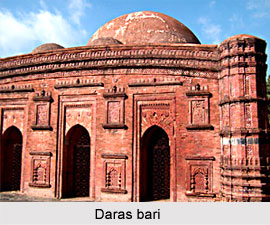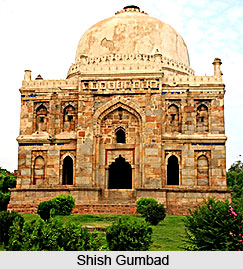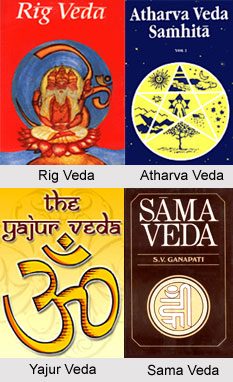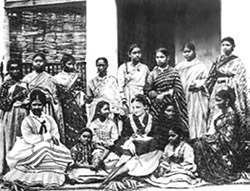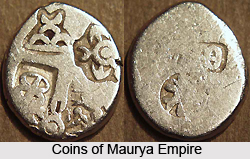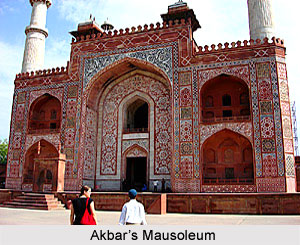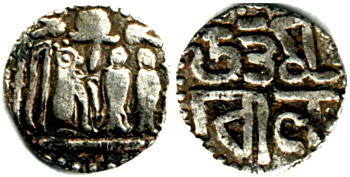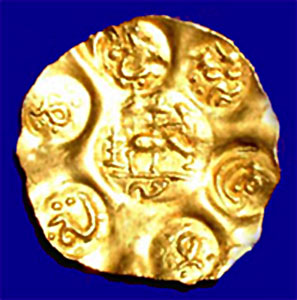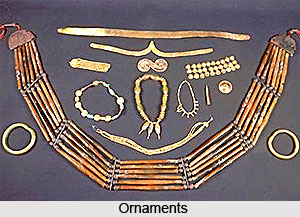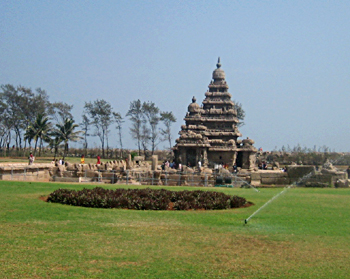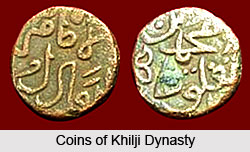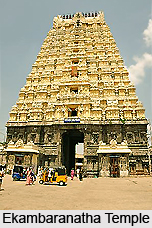 Specimens of Hindu architecture during the period of Delhi Sultanate are found in the north India in Rajasthan as the Hindus could maintain their political existence in the north India only. The Vijayanagara Empire which was established in the south later on revived the glory of the Hindus and magnificent architectural edifices were raised by their rulers.
Specimens of Hindu architecture during the period of Delhi Sultanate are found in the north India in Rajasthan as the Hindus could maintain their political existence in the north India only. The Vijayanagara Empire which was established in the south later on revived the glory of the Hindus and magnificent architectural edifices were raised by their rulers.
Most of the buildings and temples of the Vijayanagara Empire wee destroyed by the Muslims. Among the architectural wonders that survives are the Vitthala temple which was constructed by Krishnadeva Raya. It is a beautiful temple and one of the finest buildings in the south India. The other notable buildings built by the Hindus are found only in Rajasthan. Rana Kumbha of Mewar erected many forts, palaces and other buildings, the best known among which is the fort of Kumbhalgarh and the Kriti Stambha. Part of this pillar is built in red stone and some portion is made of marble. It has been regarded as the most remarkable tower in the country.
Another beautiful specimen of Hindu architecture is the tower at Chittor known as the Jain Stambha which is richly ornamented with beautiful carvings and lattice works. Many other forts and palaces were built by the Rajput rulers at different places. 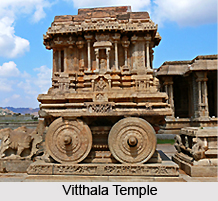 The forts though exist at present but the palaces have perished. The Hindus learnt a lot about the art of construction from the Muslims but kept their architectural style free from their influence. Therefore, their buildings maintained their separate identity and were different from the buildings of the Muslim rulers.
The forts though exist at present but the palaces have perished. The Hindus learnt a lot about the art of construction from the Muslims but kept their architectural style free from their influence. Therefore, their buildings maintained their separate identity and were different from the buildings of the Muslim rulers.
In the south the rulers of the Vijayanagara further elaborated the art of constructing gopurams (gateways of temples). Tall and massive gopurams were constructed at the temples of the south during the period of the Delhi Sultanate. Different rulers also constructed mandapas over the temples which have been regarded as fine specimens of architecture. The Kalyana Mandapa at Vellore has often been described as the richest and the most beautiful structure of its kind. Similar beautiful mandapas were constructed in the temples of Sri Varadarajasvami and Ekambaranatha at Kanchipuram and in the Jambukesvara near Trichinopoly. Thus the Hindus helped in the growth of architecture in their own way.
Unlike the Muslims who mostly constructed tombs, minarets, palaces, forts and mosques, the Hindu architectural specimens constituted mainly of temples, pillars, forts, palaces, gopurams and mandapas in the temples. However no positive efforts ware made for the fusion of Hindu and Muslim architecture, yet the synthesis took place and the new style of architecture which emerged came to be known as Indo- Islamic architecture.


